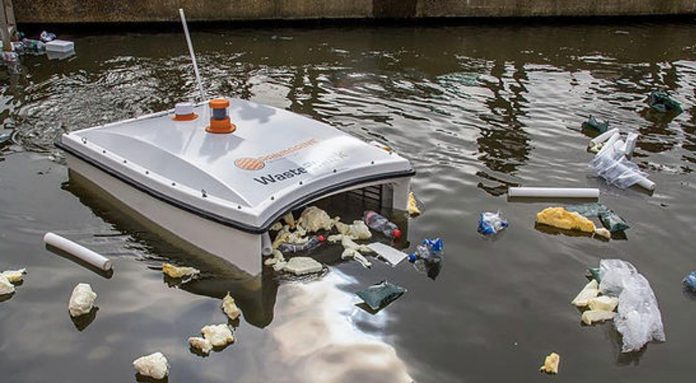With the world’s oceans facing unprecedented levels of pollution and environmental degradation, the need for innovative solutions has never been greater. In recent years, ocean cleaning robots have emerged as a game-changing technology, offering a promising approach to address the monumental task of cleaning up our oceans. These advanced machines are designed to autonomously navigate vast expanses of water, detect and collect various forms of marine debris, and contribute significantly to preserving the health and biodiversity of our fragile marine ecosystems.
The Challenge of Marine Pollution
Marine pollution, caused by human activities such as industrial waste, plastic litter, oil spills, and chemical runoff, poses a significant threat to the health and well-being of marine life and coastal communities. The vast scale of this problem, coupled with the difficulties of accessing remote and treacherous areas, has made traditional manual cleanup efforts challenging and insufficient.
The Emergence of Ocean Cleaning Robots
To tackle the enormity of marine pollution, scientists and engineers have turned to cutting-edge technologies, such as robotics and artificial intelligence. Ocean cleaning robots, equipped with state-of-the-art sensors, cameras, and collection mechanisms, are revolutionizing the way we combat ocean pollution.
How Ocean Cleaning Robots Work
Ocean cleaning robots are designed to operate autonomously or with minimal human intervention, making them highly efficient in tackling vast stretches of polluted areas. These robots employ a combination of technologies, including computer vision, machine learning, and advanced algorithms, to detect and identify different types of marine debris.
Equipped with robotic arms, specialized nets, or suction mechanisms, these robots can collect a wide range of pollutants, including plastics, microplastics, discarded fishing gear, and other hazardous waste. Some robots even have the capability to break down or compress collected debris to optimize storage capacity.
Advantages of Ocean Cleaning Robots
- Efficiency and Scalability: Ocean cleaning robots can operate continuously, covering large areas of ocean surface, and collecting debris more efficiently and at a faster pace than manual methods. They can work in remote or dangerous locations, where human divers or ships cannot easily reach.
- Precision and Selectivity: With advanced sensors and computer vision systems, these robots can identify and target specific types of debris, leaving behind marine life and other non-polluting objects. This selective approach minimizes ecological disturbance and maximizes the effectiveness of cleanup operations.
- Data Collection and Monitoring: Ocean cleaning robots can serve as environmental monitoring devices, collecting valuable data on pollution levels, biodiversity, water quality, and other vital parameters. This data can provide insights into the extent of the problem and guide future conservation efforts.
- Public Awareness and Education: The deployment of ocean cleaning robots raises public awareness about the urgency of addressing marine pollution. By showcasing the scale of the issue and the potential of innovative technologies, these robots inspire action and promote sustainable practices.
Challenges and Future Outlook
While ocean cleaning robots hold immense potential, several challenges need to be addressed for widespread adoption. These include refining the robots’ capabilities to handle different types of debris, improving energy efficiency, enhancing navigational systems, and minimizing the risk of entanglement with marine life.
Additionally, collaborative efforts among governments, research institutions, and private entities are crucial for developing standardized protocols, sharing data, and funding large-scale deployment of these robots. The involvement of the international community is vital to ensure global cooperation in preserving our oceans.
Conclusion
Ocean cleaning robots represent a beacon of hope in the battle against marine pollution. By harnessing the power of robotics and artificial intelligence, these innovative machines offer a scalable and efficient solution to clean up our oceans. With further advancements and increased adoption, these robots can play a pivotal role in safeguarding marine ecosystems, restoring biodiversity, and ensuring a sustainable future for generations to come.




